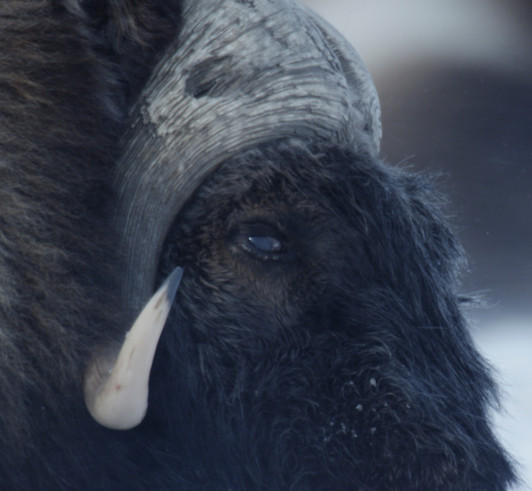A PLACE FULL OF LIFE
The Arctic National Wildlife Refuge is located in the far northeastern corner of Alaska. It is 19.6 million acres, approximately the size of South Carolina. 1.5 million of these acres make up the coastal plain of the North Slope where rivers and lagoons meet the Arctic Ocean. Together with the Brooks Range, the Brooks foothills, and the Arctic coastal plain, the Arctic Refuge is part of one of the last complete ecosystems on earth.
Many species live in that ecosystem, relying on it and each other for survival. In the spring, seal pups and bear cubs come out of their dens. Beluga and bowhead whales migrate through the melting ice to their calving grounds. Millions of birds arrive to nest on the coastal plain. The long hours of daylight in spring and summer provide energy for the growth of microscopic life at the edge of the ice. These tiny plants and animals are the base of the marine food chain.
In the summer, the tundra comes alive. Grasses, shrubs, mosses, and lichens enter their brief growing season. Hundreds of species of flowers bloom. Caribou and muskoxen feast on this plant life and raise their young on the coastal plain.










